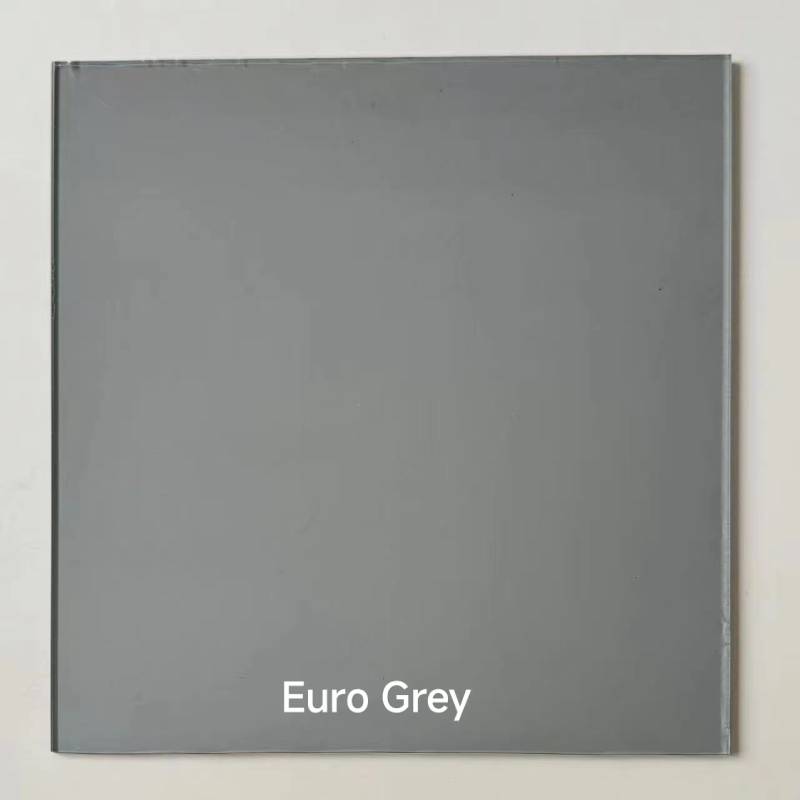

The Allure and Applications of Gray Reflective Glass
In the realm of modern architecture and design, gray reflective glass has emerged as a sophisticated choice that marries aesthetics with functionality. This innovative material not only provides an elegant appearance but also offers numerous practical benefits, making it a popular option for both residential and commercial structures.
Aesthetic Appeal
One of the most significant advantages of gray reflective glass is its striking visual appeal. The sleek, polished surface reflects the surrounding environment, creating a dynamic interplay of light and shadow. This characteristic often adds depth and dimension to buildings, allowing them to blend seamlessly with their surroundings or stand out as unique focal points. The subtle gray tint of the glass offers a timeless quality that complements various architectural styles, from contemporary skyscrapers to traditional homes, enhancing their overall beauty.
Energy Efficiency
Beyond aesthetics, gray reflective glass serves a critical role in energy efficiency. The reflective coating that characterizes this type of glass helps to reduce heat absorption from the sun, which is especially beneficial in warmer climates. By keeping indoor spaces cooler, gray reflective glass can significantly lower the reliance on air conditioning systems, leading to reduced energy consumption and lower utility bills. This not only supports a sustainable approach to building design but also contributes to the overall comfort of occupants.
Light Management

Gray reflective glass also excels in light management. Its reflective properties help to control glare while still allowing natural light to enter spaces. This feature is particularly advantageous in office buildings, where harsh sunlight can create uncomfortable working conditions. By utilizing gray reflective glass, architects can design environments that maximize natural illumination without compromising on comfort. This approach fosters a more pleasant atmosphere for occupants and enhances productivity.
Safety and Privacy
In addition to its aesthetic and energy-efficient qualities, gray reflective glass offers enhanced safety and privacy. The reflective surface obscures visibility from the outside, making it an excellent choice for locations where privacy is a concern, such as residential homes, commercial offices, or medical facilities. This feature allows occupants to enjoy natural light without the constant worry of prying eyes. Moreover, gray reflective glass is often tempered or laminated, adding an extra layer of safety, reducing the risk of breakage, and enhancing durability.
Versatile Applications
Gray reflective glass is versatile, lending itself to a wide array of applications. In commercial settings, it can be used for storefronts, curtain walls, and office buildings, creating an inviting and professional appearance. In residential design, it is commonly found in windows, sliding doors, and glass facades, offering a modern touch to home exteriors. Additionally, this type of glass is used in automotive applications, where it contributes to a sleek look while providing UV protection and reducing interior temperatures.
Conclusion
In conclusion, gray reflective glass stands out as a multifaceted material that combines beauty, functionality, and efficiency. Its aesthetic charm captivates, while its practical advantages make it a staple in modern architecture. As designers and builders continue to prioritize sustainability and occupant comfort, the demand for gray reflective glass is likely to grow. This remarkable material not only enhances the visual impact of structures but also promotes a greener future, proving that style and sustainability can coexist beautifully in the world of design.